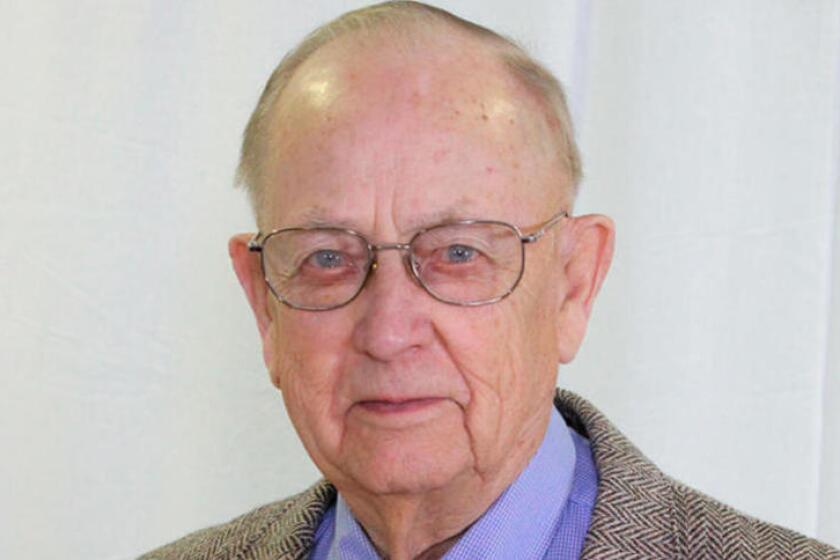We recently celebrated Labor Day.
No, we didn’t.
Labor was forgotten while most of us only noticed that we had a holiday and spent it lounging, fishing, swimming, sunning, camping, playing – everything but recognizing the reason for the holiday.
Modern unions first appeared in the 1870s when working people had to fight, starve and die to organize.
The idea of unions was repulsive to the growing corporate community when no fringe benefits were provided, 10 year-old kids worked for pennies, and 12-hour days were common. The road to unions was splattered with blood and violence.
ADVERTISEMENT
More often than not, whenever working people tried to organize they were assailed by strikebreakers, hired guns and, ultimately, state militias and federal troops requested by governors.
In the great railroad strike of 1877, the Maryland militia killed 10 and injured 25; in the Pennsylvania "Reading Railroad Massacre” the state militia shot 16. In 1892, governors of five states used the National Guard and/or the army against miners in Tennessee and Idaho.
Then there was the Homestead Strike in which Carnegie Steele hired 300 armed Pinkertons to fight the union and fight they did. A pitched gun battle resulted in casualties on both sides.
Meanwhile, Andrew Carnegie kept his hands clean by staying in Scotland until the battle was over. He later donated millions of dollars for community libraries, something I always thought was guilt money because he was basically a religious person.
While companies used spies, wage cuts, scabs and guns to fight working men, the unions fought back, not only with guns but also explosives. In Idaho, union members seized a train in 1899, loaded it with 3,000 pounds of dynamite and blew up the Bunker Hill mine.
The fight to organize unions was an uphill, often violent, fight until 1935 when Congress passed the Wagner Labor Relations Act that gave worker the legal right to organize and engage in collective bargaining. Unions boomed until 1947 when Congress outlawed closed shops, leading to the so-called “right to work” legislation in 27 states.
North Dakota is one of the 27 “right to work” states. Because our manufacturing base has been very limited, North Dakota has had few industries to unionize. With few union members, the political influence of unions has been minimal.
Under “right-to-work” a union may negotiate with an employer but the benefits apply to the non-union members without their financial support for negotiations. This discourages union membership, the whole idea of “right-to-work.” In the final analysis, “right to work” laws were intended to break unions, not protect workers’ rights.
ADVERTISEMENT
According to a recent Gallup Poll, 68% of Americans approved of labor unions. But 68% of people believe a lot of things that do not get practiced. It’s like believing in God but only one hour on Sunday.
The rubber will meet the road when the “Pro Act,” a measure to make it easier to organize unions, gets on the floor of Congress. Will the 68% mean anything?
After a long hard fight, labor unions have made major contributions to the well-being of all Americans. They forced a more equitable distribution of wealth, raising all boats in the process. We have all benefited.
Click here for more of Lloyd Omdahl's columns.
Omdahl is a former N.D. lieutenant governor and retired University of North Dakota political science teacher. Email ndmatters@midco.net
This column does not necessarily reflect the opinion of The Forum's editorial board nor Forum ownership.








